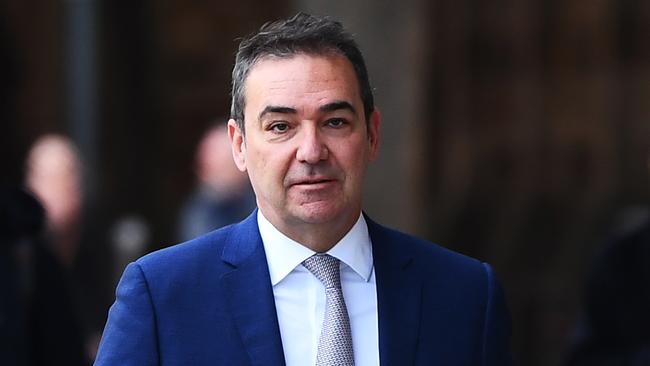Protons pinpoint cancer sites
The treatment of cancers will become much more precise and effective with the creation of Australia’s first proton therapy centre in Adelaide.

The treatment of cancers next to the brain, eye and spinal cord, as well as deadly tumours in children, will become much more precise and effective with the creation of Australia’s first proton therapy centre in Adelaide.
In a major boost to people fighting cancer, between 600 and 700 patients will be treated each year at the Australian Bragg Centre, part of a $500m 12-storey project in Adelaide’s burgeoning biomedical precinct.
Set for completion in 2023 and with patients due to arrive 18 months later, the Bragg Centre will be Australia’s first dedicated proton radiation therapy centre, providing the most technologically advanced and precise treatment to people who at present must travel overseas to access the specialised treatment.
Proton therapy is a form of radiotherapy that uses beams of protons to obliterate diseased tissue, most commonly cancerous tumours.
Its key benefit over traditional radiotherapy is that the dose is dealt in a narrower range with a minimal exit dose, reducing potential damage to surrounding healthy tissues.
This is particularly important when treating tumours in small children and those that are close to critical structures such as the eye, brain and spinal cord.
Premier Steven Marshall announced the project yesterday with development partners Commercial & General, which last year completed the acclaimed Calvary Hospital, and medical partner the SA Health and Medical Research Institute.
SAHMRI executive director Steve Wesselingh said the institute was proud to be involved in a project that would help patients in Australia and across the world.
“The Australian Bragg Centre will figuratively and literally be built on the emerging technology of proton therapy,” Professor Wesselingh said.
“The building’s three underground levels are dedicated to a facility that will not only deliver lifesaving treatment to cancer patients, particularly children, but will provide for research to unlock further benefits of this relatively new field and be a training ground for proton therapy specialists from the Asia-Pacific region and beyond.”




To join the conversation, please log in. Don't have an account? Register
Join the conversation, you are commenting as Logout